It’s oh-so-easy to start wanting a second (or third) dog once you’ve already got the first.
Adding a second canine companion to your home can add extra fun, give your first dog a playmate, and help fill a personality or activity gap from the first dog.
But what if your first dog is aggressive? Is it possible to bring in a second dog? Is it fair to do so? How do you integrate them?
During my time as a behavior technician at the Denver Dumb Friends League and now, as a dog behavior consultant, much of my job is to work with dogs that are less-than socially savvy.
I’ve learned a lot about integrating new dogs to aggressive dogs, but this experience is always new and challenging!
Today we’ll explain what to consider before bringing home dog #2, and how to set your dogs up for success during their first meeting!
Should I Adopt a Second Dog if My Dog is Aggressive?
This is a hard question. You’re a dog lover, you’ve got the space and money for getting a second dog. But your current dog isn’t exactly a social butterfly. What to do?
Whenever I speak to potential adopters or clients about this problem, there are always a lot of questions to consider.
There’s no single right answer, but answering these questions honestly can help you come to your own conclusions.
- Do you have the finances to hire a behavior consultant if needed?
- Do you have the space to separate the dogs for days, weeks, or months if necessary?
- Do you have the time to devote to training your dog(s)?
- Do you have the time to exercise, walk, feed, train, and play with the dogs separately for days, weeks, months, or even forever?
- Do you have the emotional energy to train your dog(s)?
- Is your current dog always aggressive towards other dogs, or are there certain traits that make things easier (female dogs, smaller dogs, quiet dogs, etc)?
- Your prognosis is better if your dog has at least a few “doggie friends” already.
- Has your dog actually caused damage to other dogs in the past?
- Does your dog actually want another dog around?
- What’s your motivation for a second dog?
There’s a misconception that all dogs are social animals that need constant companionship. While dogs certainly are social animals, this doesn’t mean that every single dog does better with a second canine in the home.
Many dogs are content to have just other humans as their family members!
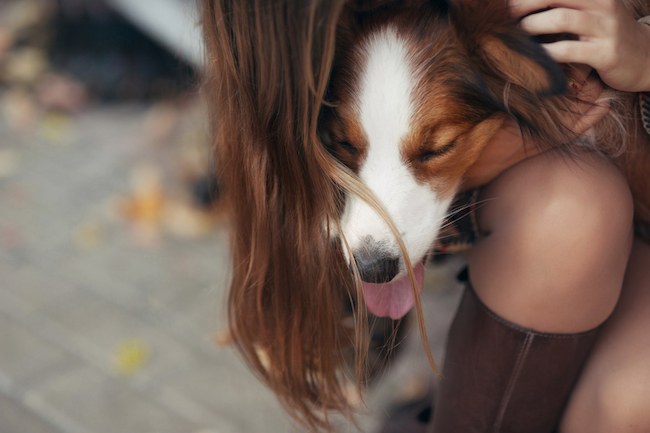
Put The Needs Of Your Current Dog First
I always counsel owners to put the needs of your current dog first.
If you are getting a second dog “as a friend” for your first when your first dog doesn’t seem to like other dogs, reconsider. It’s not fair to your current dog or the new dog!
Just as importantly, integrating an aggressive dog with another dog is often a quite difficult and long process. Be sure that you have the time, money, space, emotional energy, and skills to manage a potentially dangerous situation every day.
Be honest with yourself about your dog’s needs, your own abilities, and the risk to the new dog.
In many cases, the best option for yourself, your current dog, and the new dog is to not adopt a second dog if your first dog is aggressive.
Dealing with dog-dog aggression within your own home is one of the toughest behavior problems out there, and if you can avoid it, you should.
Dog Aggressive vs. Dog Selective vs. Reactive: Which Is Your Dog?
Just because your dog doesn’t get along with all other four-leggers doesn’t necessarily mean he wouldn’t benefit from a fur-friend.
If your dog is just a bit picky about who his friends are, it’s absolutely possible to bring home another dog.
Many dogs are “dog selective.” They get along fine with some dogs, but not all of them. My own dog prefers the company of other herding dogs for the most part, but really doesn’t like the rough-and-tumble play style of terriers or bully breeds.
Some dogs are aggressive towards most dogs but get along OK with a few close friends. These dogs are dog selective, but they’re also very picky.
Unless you’re bringing home a dog that you know gets along well with your own dog, I wouldn’t chance it if your dog falls into this “selective & picky” category.
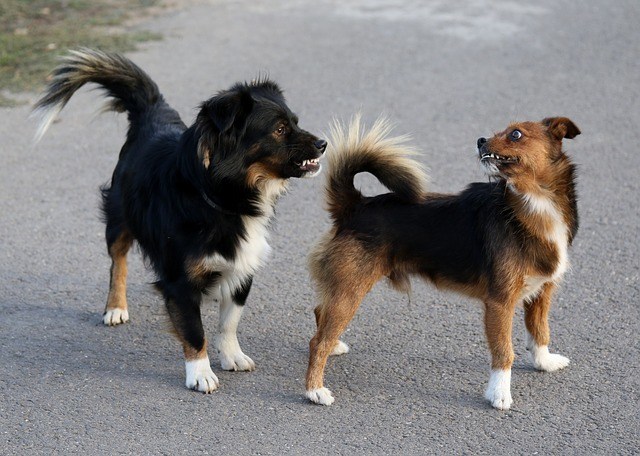
Many other dogs are just “leash reactive,” meaning they bark and lunge on-leash but do just fine with other dogs off-leash. Reactive dogs also can do well with other dogs in the home.
For the remainder of this article, we’re going to use the term “aggressive dog” to talk about dogs that are dog-reactive or dog-selective rather than fully dog-aggressive.
That’s because truly, full-fledged aggressive dogs shouldn’t be getting a new roommate without serious behavioral help first.
If your dog is fully dog-aggressive and poses a threat to other dogs (or doesn’t enjoy the presence of other dogs), I strongly urge you to reconsider bringing home a second dog – no matter how much room you have in your home and heart.
Selecting a Second Dog if Your First Dog is Grumpy or Picky
If you’ve determined that getting a second dog is a good idea, the next step is to pick a dog that will integrate well into your home.
Don’t just bring home a dog based on looks if your first dog is aggressive. You may end up in a situation where you’re constantly trying to stop your family dogs from fighting, and that’s no fun at all!
Get help from a Certifed Dog Behavior Consultant (CDBC) to make a plan for adopting a second dog that’s specific to your dog, your skills, and your lifestyle.
Each dog-selective or dog-reactive dog will have a different definition of an “ideal roommate.” However, in general it’s best to look for a second dog that:
- Has a steady temperament.
- Is extremely socially savvy.
- Is not too high energy or playful.
- Is a similar size to your current dog.
If you know which dogs your dog already gets along with, pick a dog from the shelter that’s similar to that. As I mentioned above, my own Border Collie tends to do well with other herding dogs or sighthounds.
Puppies can be trickier to plan. On one hand, some dog-selective or dog-reactive dogs are willing to be patient with puppies (trainers call this “puppy license”). This can make bringing home a new dog a bit easier.
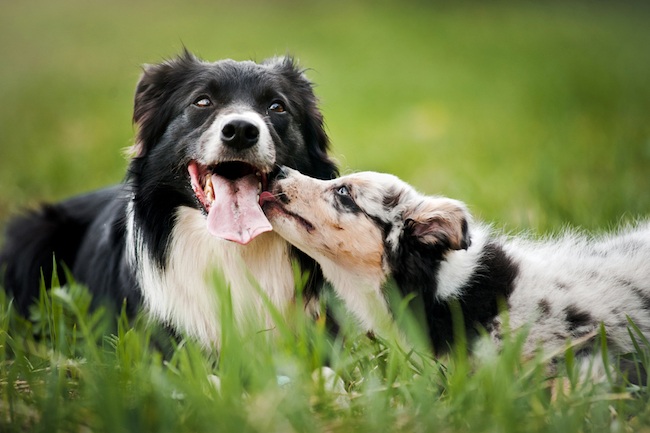
On the other hand, puppies are vulnerable to corrections – a grumpy dog could easily issue an over-the-top correction to a puppy that could hurt them.
To make matter worse, puppies are often socially inept. They harass adult dogs and can push the patience of even socially savvy adult dogs.
In general, I’d recommend looking at an adult dog if your first dog is aggressive. That’s because the adult dog will have a set personality and social skills, whereas a puppy is much more of a wild card.
Working with a Dog Adoption Agency or Breeder
The most important thing when bringing home a new dog is to be open and honest with the rescue, shelter, or breeder that you’re working with. Let them know what your dog is like, what works for your dog, and what you’re looking for in a new dog.
A good adoption agency or reputable dog breeder will be able to help you create a plan and find a new dog that is likely to succeed.
Make sure to also check out our three part guide to adopting a dog – in the first section we cover how to create a dog scorecard and ensure you know what traits to look for in your dream dog.
If you can’t get help from the adoption agency or breeder, you might want to find a different place to adopt from.
Be sure to ask about the potential dog’s history in detail, whether you have a specific dog in mind or are still looking.
How to Introduce a New Dog to an Aggressive Dog
Introducing an aggressive dog to a new dog is almost always a slow, steady process.
You might need multiple visits before deciding if a dog is right for you. That’s why it’s so important to work with the breeder or adoption agency closely!
In general, it’s best to introduce an aggressive dog to a new dog using the parallel walk method.
This method utilizes movement and distance to help the dogs meet each other calmly and help the aggressive adult dog socialize safely.
- Have both dogs on leashes and back-clipped harnesses. Comfy harnesses or collars are important here – we don’t want the dogs on prong collars, e-collars, or choke chains for this introduction.
- Walk both dogs in the same direction on opposite sides of a wide street. For dog-reactive dogs, you’ll need more space than with dog-selective dogs. Sometimes, it’s easiest to have the dog-reactive dog in back so she can keep her eyes on the new dog.
- Reward the dogs with treats whenever they look at each other calmly. If the reactive dog barks or lunges, you’re too close and it’s time for a break.
- Utilize parked cars, hedges, and other natural barriers to give the reactive dog a break from each other.
- Gradually close the distance between the dogs while keeping them moving in the same direction. This can be done by turning onto smaller streets (single-lane versus two-lane, for example) or by moving towards a park where the dogs can move closer and closer.
- Eventually, allow the aggressive/reactive/selective dog to approach and sniff the new and socially savvy dog. Keep the leashes loose and call the dogs apart for a brief break after a few seconds. On-leash dog greetings can be especially stressful for dogs, so keep interactions brief and short, and avoid direct greetings altogether if the pups still seem riled up.
- Repeat as needed.
It’s extremely important to keep the dogs relaxed and give the dogs plenty of space during the introductions. Avoid introducing the dogs on the territory of the aggressive/reactive/selective dog.
Of course, things aren’t always smooth sailing after introductions. Some reactive dogs will be totally OK after meeting a dog – but many selective, aggressive, and sensitive dogs will continue to need more management for weeks or months going forward.
Helping an Aggressive Dog Share Your Home Nicely
Again, this is where getting help from a Certified Dog Behavior Consultant (CDBC) will keep everyone safer. Get help from the CDBC before adopting a new dog, rather than after things are starting to go downhill!
Management is key when helping the dogs get along.
Your strategies for helping the aggressive dog and the new dog get along should include:
- Feeding the dogs separately using doors, dog gates, or crates.
- Having quiet places where the dogs can get breaks from each other.
- Studying body language so that the humans can intervene if the dogs are getting tense before a fight breaks out.
- Keeping close ideas on the dogs around toys and resting places.
- Keeping a close watch on the dogs while they’re playing.
- Giving the dogs ample exercise.
- Reducing the stress levels of both dogs by covering windows with a transparent film, feeding the dogs with puzzle toys, and otherwise reducing trigger exposure.
- Teaching both dogs hand targets and “go to mat” behaviors so that you can use them to reduce tension.
- Avoiding punishment, corrections, and alpha rolls as these can increase stress and tension by teaching the dogs that pain or fear is associated with interactions. Read up on our aggressive dog training tips for more info!
This is a solid place to start, but ultimately we do recommend working one-on-one with a CDBC, as a professional will be able to work directly with you to ensure a smooth transition for your pooches! Check out our guide on finding the perfect dog behavior expert to make sure you find a reliable, knowledgeable person to work with.
How did you integrate a second dog into your home? What worked well (or worked poorly) for you and your dogs? Share your experience in the comments!
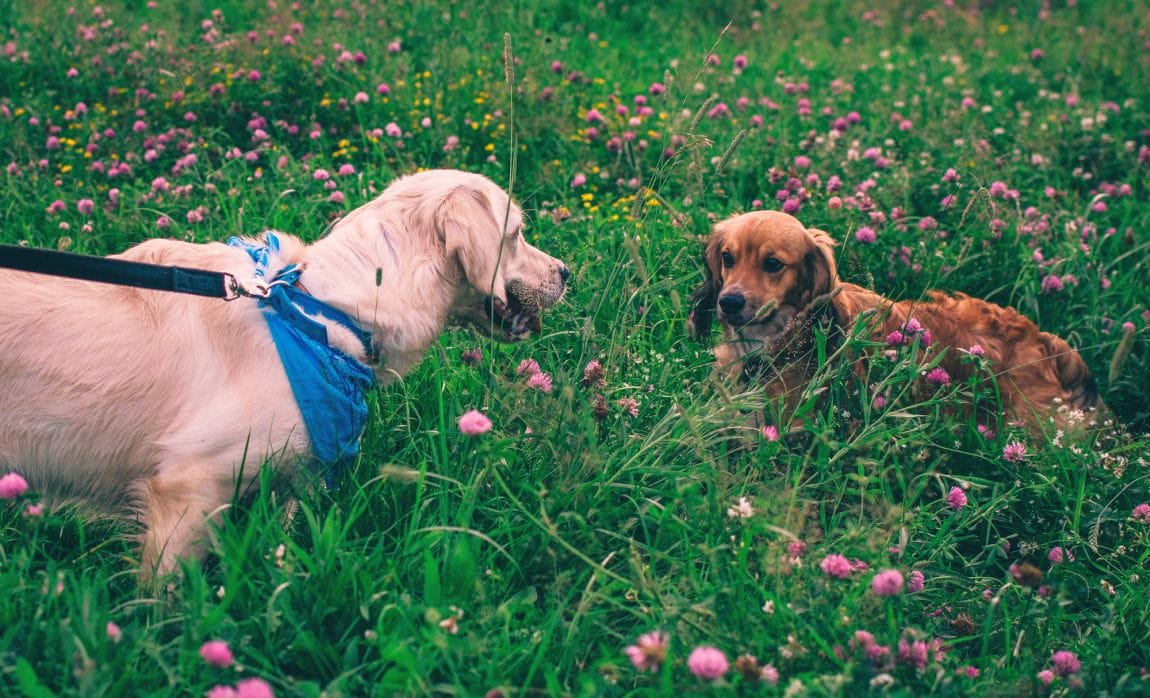



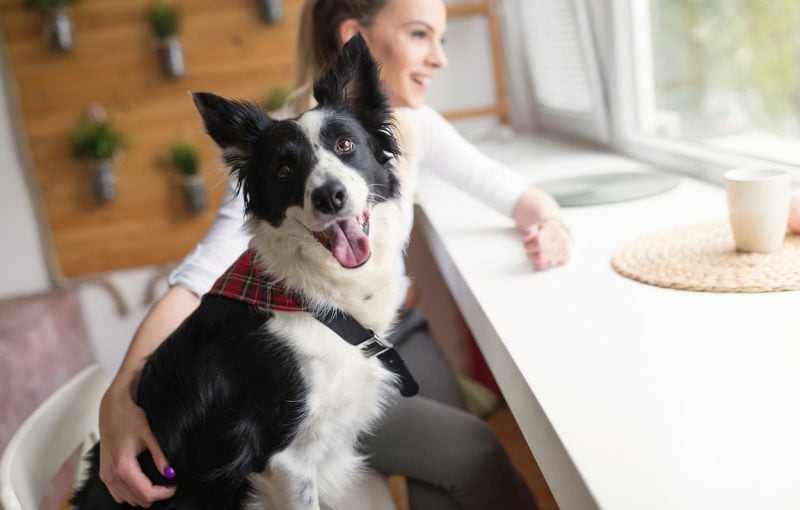
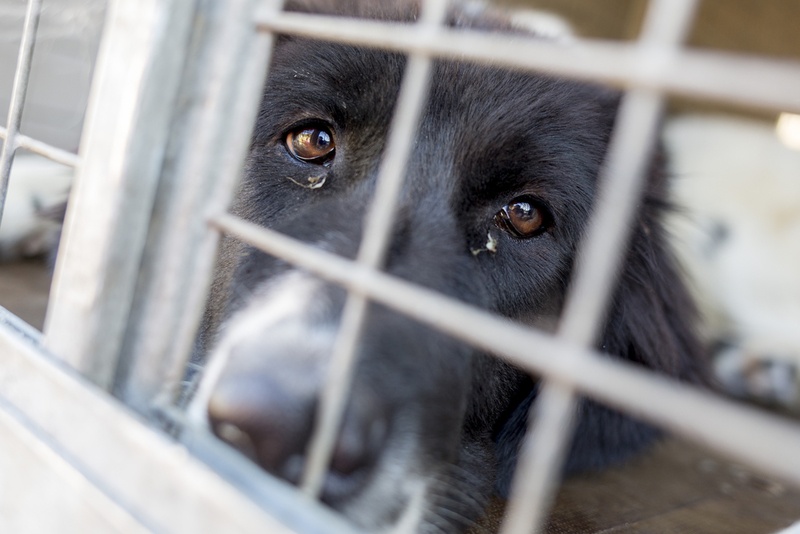
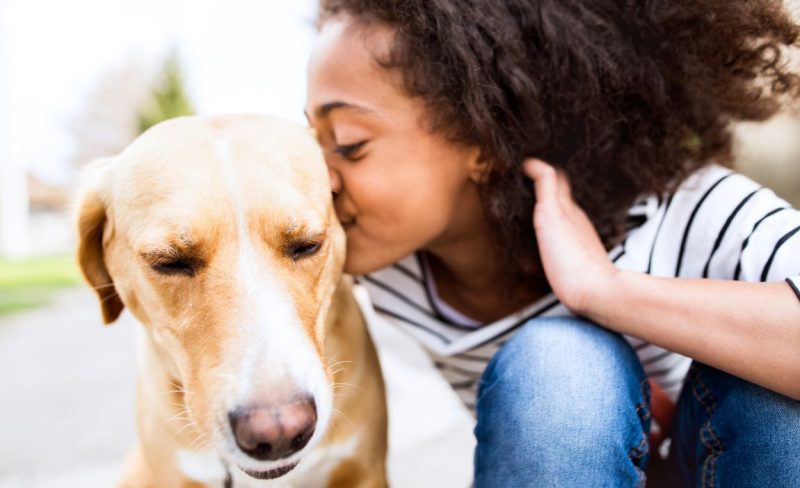

Leave a Comment